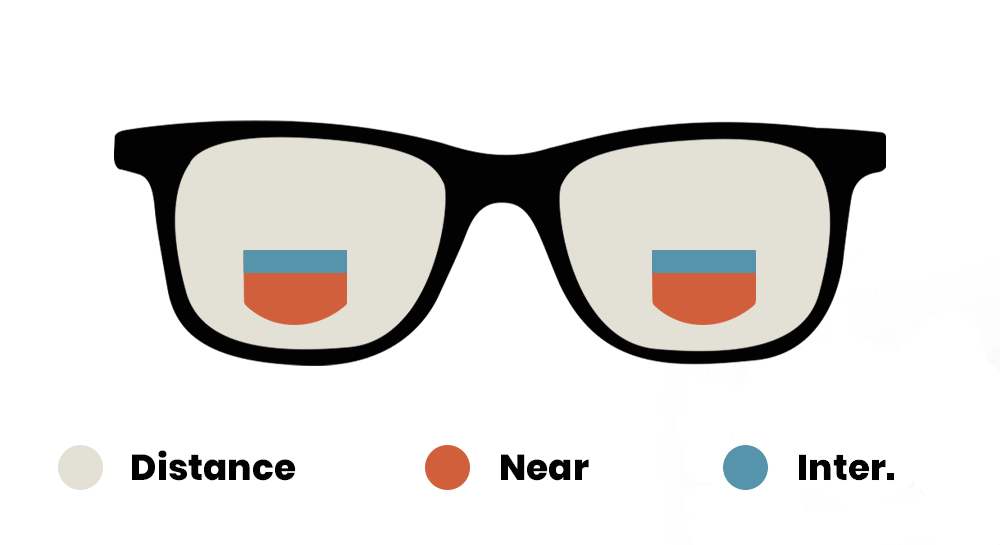A Few Facts & Stats Provided by the Vision Council
- A 2013 study from the Vision Council found that 40 percent of U.S. adults do not wear sunglasses while outside
- Over 50% of parents do not require nor do they teach their children the importance of sunglasses and harmful UV exposure
- 20% of people don’t believe their eyes are at risk from UV exposure
Only 16% of people that wear sunglasses admit they do so for eye health reasons

Sun Exposure is Unavoidable – How Much is too Much
It’s best to wear sunglasses every time you are exposed to the sun – year round. You are exposed to harmful UV rays even if the skies are overcast or if there is snow on the ground. Because the sun is at its highest strength between 10 a.m. and 4 p.m., it is best to limit sun exposure during that time or be sure you wear protective sunglasses. Don’t forget, reflected UV light is just as damaging as direct UV light.
- Water reflects up to 100% UV rays
- Snow reflects up to 85% UV rays
- Dry sand and concrete reflect up to 25% UV rays
Choosing the Right Pair of Sunglasses
Proper protection begins with picking out the right pair of sunglasses. For maximum protection, here is what to look for when picking out sunglasses:
- Lenses that block 99-100% UVB and UVA rays
- The coating that blocks UVB and UVA rays is clear so darker lenses aren’t always better
- Be wary of yellow or rose tinted lenses as they can make it difficult to see changes in traffic lights
- Gray, green, and brown lenses are a better choice if you are driving
- Wider lenses that cover more areas of your skin are best
- Think Jackie O’s iconic oversized glasses rather than John Lennon’s small, round shades
- Frames should fit snugly on your nose and ears without pinching or rubbing
To ensure your sunglasses are providing your eyes with adequate protection, it is best to ask an eye care professional. If you have questions about your eye health, please contact our office.























